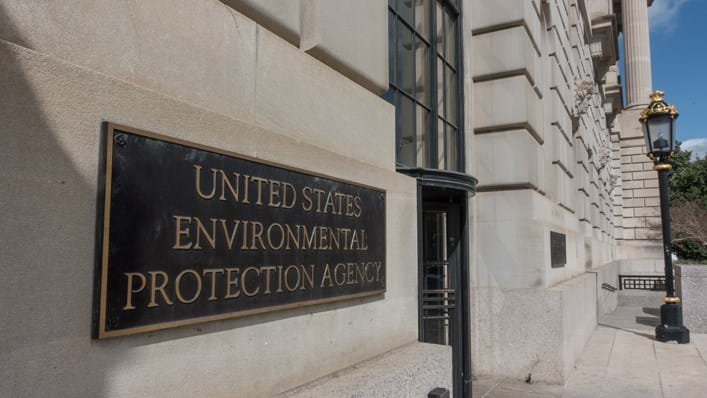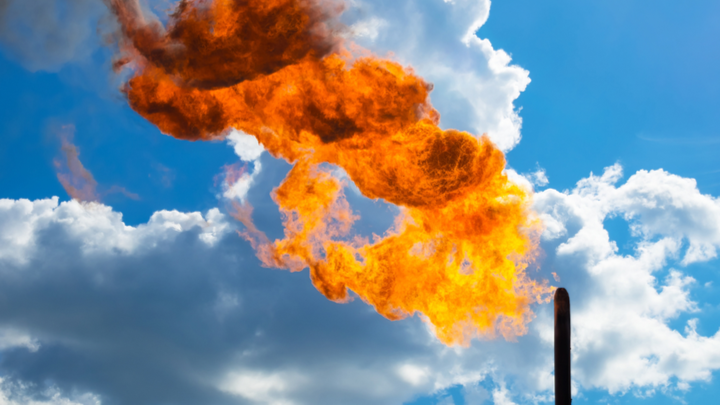US refinery shutdown serves as a lesson for process safety

“PROCESS safety is more than just life preservation, it’s about making sure that we look after the communities that surround us as well,” says process safety expert Paul Kenny.
This is the lesson Kenny believes industry should take away following the US Environmental Protection Agency (EPA) suspension order for operations at a refinery on St Croix, US Virgin Islands (VI). The facility experienced multiple air polluting events just months after operations restarted, following a near-decade shutdown. Kenny highlights that society has become less tolerant of refineries and petrochemical plants upsetting the community, and industry needs to recognise this and expand what it considers important within process safety.
Refinery owner Limetree Bay announced on 1 February that it had restarted operations of its facility, which shut down in 2012 while under the previous ownership of refiner Hovensa. Limetree acquired the facility in 2016 and only this year began operating it at 200,000 bbl/d capacity. Previous processing capacity had peaked at 650,000 bbl/d.
The first polluting incident occurred just three days after operations restarted and saw the release of an oil and water vapour mixture from the refinery flare, that went on to rain out on a local community’s houses, cars, and into water cisterns and vegetable gardens.
In a report about the incidents, EPA said that many residents in the nearby community rely on cisterns for household water use. It also cited a report saying that under its previous owner, the refinery contaminated local groundwater.
Incidents in April and May involved H2S releases from the plant, measured at levels exceeding the 162 ppm regulated limit. The events saw school and business closures, while the local community experienced unpleasant odours and health problems such as nausea and headaches.
According to the US Agency for Toxic Substances and Disease Registry, H2S is a flammable, colourless gas that smells like rotten eggs. People can smell it at low concentrations in air (0.0005–0.3 ppm), and at high concentrations a person might stop being able to detect it. At concentrations 100 times higher than typical environmental levels (generally less than 0.001 ppm in urban areas), effects can include irritation to the eyes, nose, and throat, difficulty breathing in those with asthma, and headaches.
In the April incident, the H2S release peaked at a three-hour average of 91,649.0 ppm. Though not actively monitoring for sulfur-containing gases at the time, Limetree claims that the H2S at the flare would have been safely burned away, generating sulfur dioxide (SO2) that resulted in the reported odour.
SO2 is a colourless gas with a pungent odour. It burns the nose and throat, and causes breathing difficulties. Long-term exposure to persistent levels can affect health, and exposure to the gas at 100 ppm threatens life and health. EPA says that most people can smell it at 0.67–4.75 ppm.
Limetree credited the May incident to maintenance activity at the coker unit which had resulted in “light hydrocarbon odours”. However, third-party air quality monitoring around this time identified elevated levels of SO2.
On 30 April, EPA served Limetree with a violation notice for failing to operate five SO2 monitors near the facility perimeter. These had not been operated since 2013, when Hovensa stopped operating the facility.
Subsequently, Limetree announced that it would reinstate monitoring but also claimed that under existing permits it “is not required to perform this air monitoring”. Asked about this matter, EPA said that the facility is subject to multiple new source performance standards and emissions standards for hazardous air pollutant regulations that require emission controls and monitoring for “many of the operations at the facility”.
While Limetree continues to work on getting its own monitoring systems operating, EPA began monitoring for H2S and SO2 near the facility’s five existing SO2 monitors since mid-May. Just yesterday, EPA ordered Limetree to develop and submit (within 15 days) a plan for nine H2S monitors and nine SO2 monitors on St Croix, including the five SO2 devices already in place.

The final event prior to the operations shutdown was a flaring incident that ultimately led to the release of oil droplets to the west of the facility, impacting a local community and its water sources, and some industrial sites. Limetree additionally informed EPA of releases of H2S and SO2 beyond regulatory limits. SO2 release exceeded the reportable quantity of 226.8 kg of SO2 in a 24 h period, from a flaring event.
After the flaring incident, Limetree decided to temporarily suspend production activities at its site “until further notice”. This was quickly followed, on 14 May, by an order from the EPA to pause all operations at its St Croix refinery “due to multiple improperly conducted operations that present an imminent risk to public health”.
The order was given under the Clean Air Act designed to protect public health and welfare from different types of air pollution caused by a diverse array of pollution sources. It was given as EPA recognises the facility as a “pollution source” or “combination of sources” in its current state.
EPA said: “Recent air emission incidents at and near Limetree Bay are unacceptable. EPA is working to lend relief and assistance to this community, which in recent months has experienced incidents that have been unsettling and have even made some people sick. Working with the US VI Government, EPA is committed to ensuring that the facility operates in compliance with the law without jeopardising people’s health and the environment.”
Under the order, operations at the refinery will be shut down for 60 days, unless the period is extended. During this time, Limetree is responsible for combatting potential future incidents including by retaining third-party auditors to inspect environmental compliance and process areas, including the flare and coker unit. Limetree has to submit a detailed plan to address auditor findings, with an “expeditious schedule”. Operations can only restart once EPA determines it is safe to do so.
Discussing the likely cause behind the incidents at the refinery during its brief restart period, Kenny said: “What this is showing, and what industry already knew, was [that] most – or at least a disproportionately high number of process safety incidents – occur during transient operations.
“You really need to go after those periods of time that don’t happen very often in a refinery’s life. You really need to go after those with your teams and your knowledge of [process hazard assessments] and really understand what’s going on there, and the controls in place. Putting your efforts into that will probably pay dividends for the refinery’s process safety performance.”
Further commenting on the process safety lessons to take away from Limetree Bay’s situation, Kenny added: “Historically [process safety has] been focussed on life preservation, making sure people don’t get seriously hurt or worse. That still has to be 100% done but there’s more to it than that these days, and more and more taking account of societal concerns and public reaction. That [enters] more and more into our decision-making processes if you want to run a refinery and have your licence to operate.
“It’s really about expanding the scope of being a responsible operator and … making sure that the societal concerns are reflected just as much as safety and environment concerns are as well. And, the whole point is, if you don’t do that then you just simply don’t have a business to run.”
The EPA has released a document outlining all of the incidents which occurred at the refinery.
Recent Editions
Catch up on the latest news, views and jobs from The Chemical Engineer. Below are the four latest issues. View a wider selection of the archive from within the Magazine section of this site.




